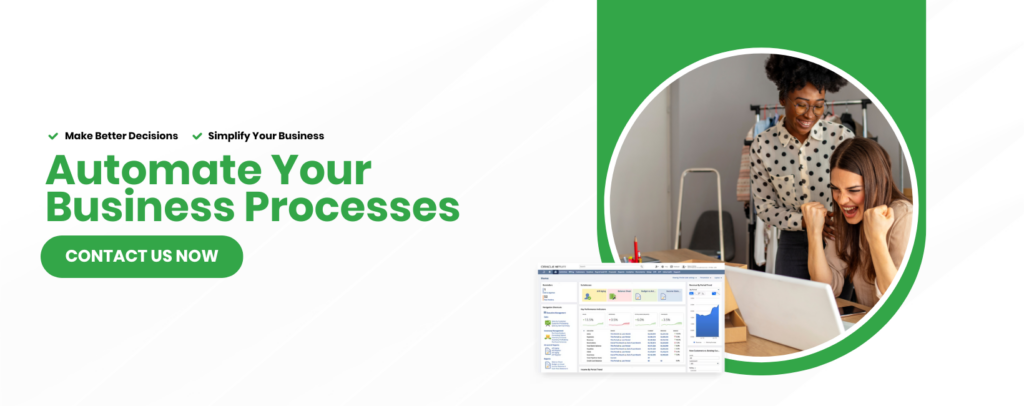What are the signs that your company may be outgrowing QuickBooks, and that the costs of maintaining QuickBooks are outweighing its benefits?
- Manual, time-consuming processes. As your order management, procurement and fulfillment processes become more complex, you find that you need to add spreadsheets to manage things such as inventory on-hand balances and multiple levels of pricing. QuickBooks and other entry-level accounting packages don’t enable the user to set up advance pricing rules or integrate with retailers’ electronic data interchange (EDI) systems. Achieving those goals requires time-consuming, error-prone manual processes.
- Performance issues. QuickBooks is built for a two- or three-user environment and a file size of less than 1GB. Additional users or a larger file size can cause latency and other performance issues. Also, month-end and year-end updates to the on-premise software may require temporarily locking users out.
- Limited access. With on-premise software, employees who work in customer service centers or who are visiting customer’s offices can’t access account information. What if your salesperson is walking the customer’s warehouse floor and the purchasing agent asks whether you have certain parts in stock? That salesperson has to make a phone call and wait for someone to look up that information.
So you’re ready to upgrade from QuickBooks. What should you look for in a new system? The following capabilities are critical for a growing distributor.
- Integration of front and back office processes. Rather than managing marketing and sales, order processing, shipping, accounting and cash management in separate systems, look for an integrated suite of software applications that manages your end-to-end business processes. Such an integrated system delivers a single, real-time view of the customer across all departments and locations, giving everyone in your organization “one version of the truth.”
- Available anytime, anywhere. A cloud-based suite of business management software enables a distributed workforce to have access to the information they need to do their jobs, whenever they need it.
- Self-service reporting. Sometimes the ability to sell to a new customer or upsell an existing customer depends on quick access to self-service reporting and analytics. When your customer service rep has a current customer on the phone or in a live chat, he needs to be able to pull information on that customer’s order history, as well as related items that the customer might be interested in.
In business, growth often depends on quick and efficient access to information. An integrated, cloud-based suite of business management applications can enable your business to do more with fewer resources and position your company for growth.
We can help you reduce costs and improve your business processes by uncovering the right suite of business management software applications. Contact us or call 888-773-2123 to learn more.


